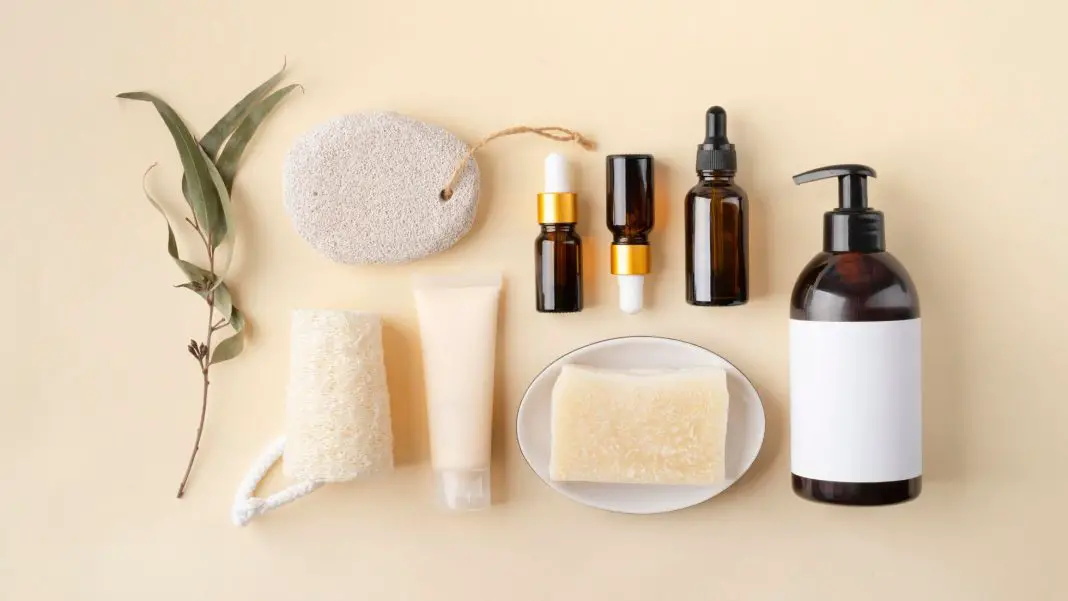Cosmetics companies, both large and small, consistently try to outdo each other with the latest and greatest beauty products. With their experimental formulas and flashy advertising campaigns, knowing which product is worth investing in can be hard.
To sell their products, they employ various publicity strategies that rely on certain claims or attributes associated with their products, which may not always align with reality.
In the majority of instances, cosmetics companies do not intend to inflict harm. However, certain circumstances arise in which the information they provide does not fully disclose the entire truth.
Here are 7 significant claims made about beauty products that may not be entirely accurate, or at least not as truthful as we would hope.
Article Content
1. pH neutral
The notion of a pH-neutral product is commonly found in conditioners, shampoos, soaps, and similar items. However, it is important to understand that being pH-neutral does not automatically equate to superior quality or improved health benefits compared to products that are not pH-neutral. This is primarily because most beauty products are formulated with a pH range that is suitable for use on the skin, hair, or other applicable areas. Therefore, a pH-neutral product simply falls into the acceptable range for use.
2. Not tested on animals
This does not indicate that the individual product components were never tested on animals. It just means that the finished product, or ingredients used to make it, weren’t tested on animals after the product was created. This is why it’s so important to read labels on products and know exactly what you’re buying and using. Animal testing can occur before a product hits the shelves, but it shouldn’t be necessary if proper safety protocols are in place.
3. Organic
What does “organic” even mean? This claim frequently lacks backing from a universally acknowledged standard that precisely outlines the criteria for organic classification. Organic products are supposed to be better for us, but the lack of industry-wide standards creates confusion among consumers. Furthermore, applying the “organic” label frequently leads to a significant increase in price, devoid of any accompanying advantages.
4. Patented formula
In reality, every cosmetic product is branded, with these brands usually being patented before they are commercialized. The branding and the patent help ensure that the product is unique, safe to use and that it meets all applicable industry standards. This helps protect consumers from buying products with potentially harmful ingredients or ones that don’t work as promised. As a result, this assertion holds no relevance in claiming superiority over other products.
5. Anti-ageing
As of the present time, the ageing process is widely acknowledged to be irreversible, with no scientifically proven methods to reverse its effects. Although numerous advancements have been made in anti-ageing research, the fundamental mechanisms underlying the ageing process remain enigmatic. So, it’s important to approach this product claims with a critical eye. While certain products can certainly assist in reducing the appearance of wrinkles by addressing factors like sun damage or enhancing collagen levels, it would be an exaggeration to label a product as “anti-ageing.” Such bold statements are often employed as part of a strategic publicity campaign, aiming to capture attention and promote sales. Being mindful of these nuances can help us make informed decisions about the products we choose to incorporate into our skincare routines.
Bonus Point: Hypoallergenic
This is another product label that lacks criteria or regulatory standards set by the FDA in the US or any other consumer health and protection agency. As a result, it leaves room for interpretation. It could suggest that the product has a lower likelihood of causing allergies, or it could be a marketing tactic employed to gain an advantage over competitors. Regardless, the absence of established guidelines raises questions about its true meaning and efficacy.

The Urban Woman Magazine Editorial Team is made up of seasoned writers and editors who have a keen eye for detail and a passion for all things urban. We strive to create fresh, original content that appeals to the modern woman. Our mission is to provide a platform for women to share their stories, experiences and opinions on various issues affecting their lives.


